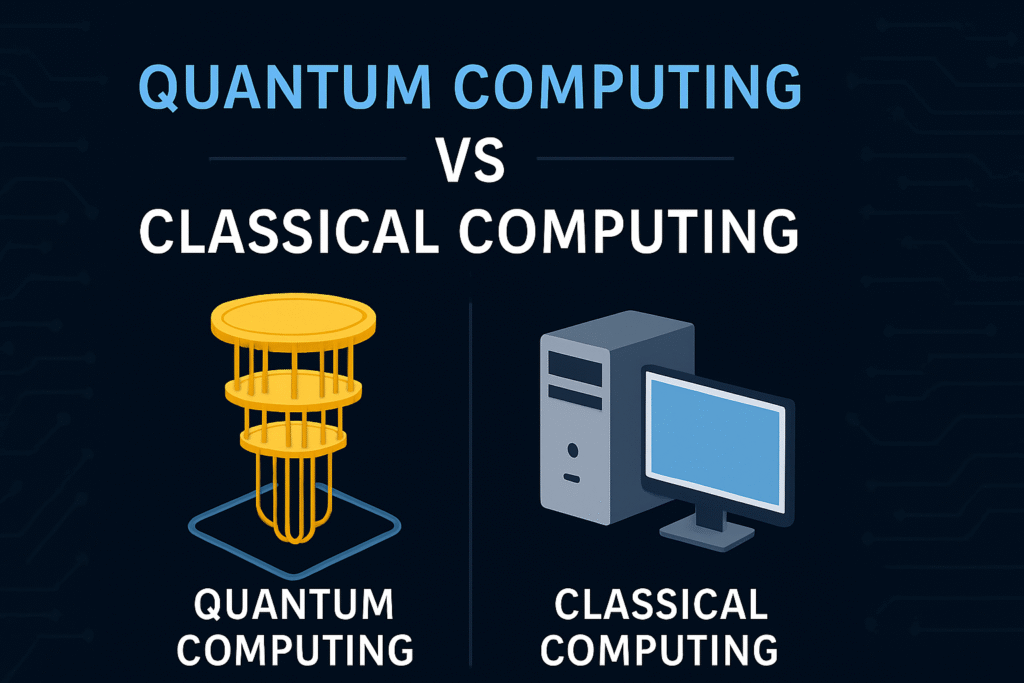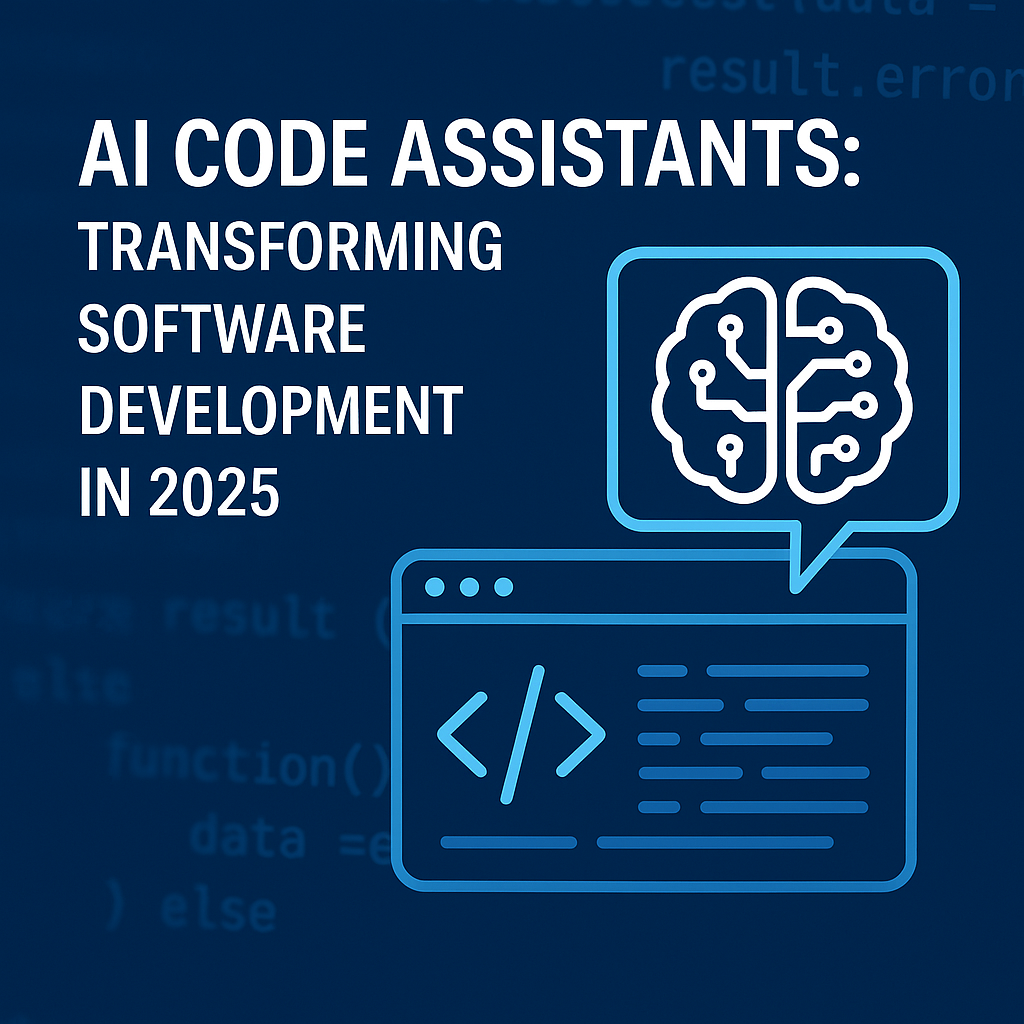
Introduction
In a world driven by data and computation, the quest for more powerful computing systems has led us to the fascinating realm of quantum computing. While classical computing has formed the bedrock of our technological advancements for decades, quantum computing is emerging as a revolutionary technology promising exponential speed and efficiency.
But what exactly separates quantum computers from classical ones? And why is this difference such a big deal?
Let’s break it down.
1. The Basics: Bits vs Qubits
Classical Computing: Bits
- Classical computers process information using bits, which can be either 0 or 1.
- These bits are the smallest unit of data, and every operation is performed sequentially using combinations of these bits.
Quantum Computing: Qubits
- Quantum computers use qubits (quantum bits), which can be 0, 1, or both at the same time (thanks to a phenomenon called superposition).
- This ability allows quantum systems to process massive combinations of states simultaneously, providing a significant boost in computation power.
2. Superposition and Entanglement: The Quantum Edge
Superposition
- A classical bit is binary: it must be in one state at a time.
- A qubit can exist in multiple states simultaneously, enabling parallel processing of computations.
Entanglement
- Qubits can be entangled, meaning the state of one qubit is linked with the state of another, no matter the distance between them.
- This property allows quantum computers to solve problems by analyzing vast data sets in tandem, offering speed and coordination that classical systems can’t achieve.
3. Processing Power and Speed
- Classical computers process one state at a time. Even the fastest supercomputers perform calculations linearly.
- Quantum computers can process many states at once, meaning they can solve certain problems (like cryptography or molecular simulation) millions of times faster than classical computers.
4. Real-World Applications
| Application Area | Classical Computing | Quantum Computing |
|---|---|---|
| Cryptography | Uses public/private key encryption | Can break classical encryption with Shor’s algorithm |
| Drug Discovery | Simulates molecules with approximation | Simulates molecules at atomic precision |
| AI & Machine Learning | Great for training models | May optimize training faster and more accurately |
| Optimization Problems | Solves through brute force or heuristics | Can explore many solutions simultaneously |
5. Error Rates and Stability
- Classical computers are very stable, with low error rates.
- Quantum computers are highly sensitive to noise and require special environments (like absolute zero temperature) to maintain stability.
- Quantum error correction is an active area of research.
6. Accessibility and Maturity
- Classical computers are widely available and used in everyday life.
- Quantum computers are still experimental, used by top research labs (Google, IBM, D-Wave) and cloud-based platforms like IBM Quantum or Azure Quantum.
7. Future Potential
While classical computing isn’t going anywhere soon, quantum computing is set to transform industries where massive data and complex modeling are involved — from finance and healthcare to materials science and logistics.
Conclusion
Quantum computing is not a replacement for classical computing — at least not yet. Instead, it’s a powerful complement for solving problems that classical computers struggle with. While classical systems remain indispensable for daily computing needs, quantum systems are paving the way for next-gen computing breakthroughs.
As we continue to push the boundaries of what’s possible, understanding the difference between classical and quantum computing helps us prepare for a future where quantum advantage may redefine technology as we know it.



Mind-blowing how quantum computers can process information in multiple states at once! I’m curious to see how this will reshape AI and cybersecurity in the near future. What are your thoughts on the rise of quantum tech?